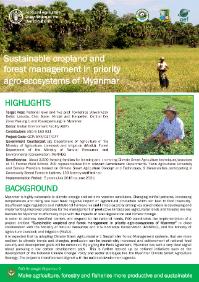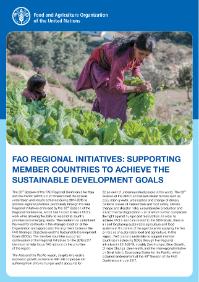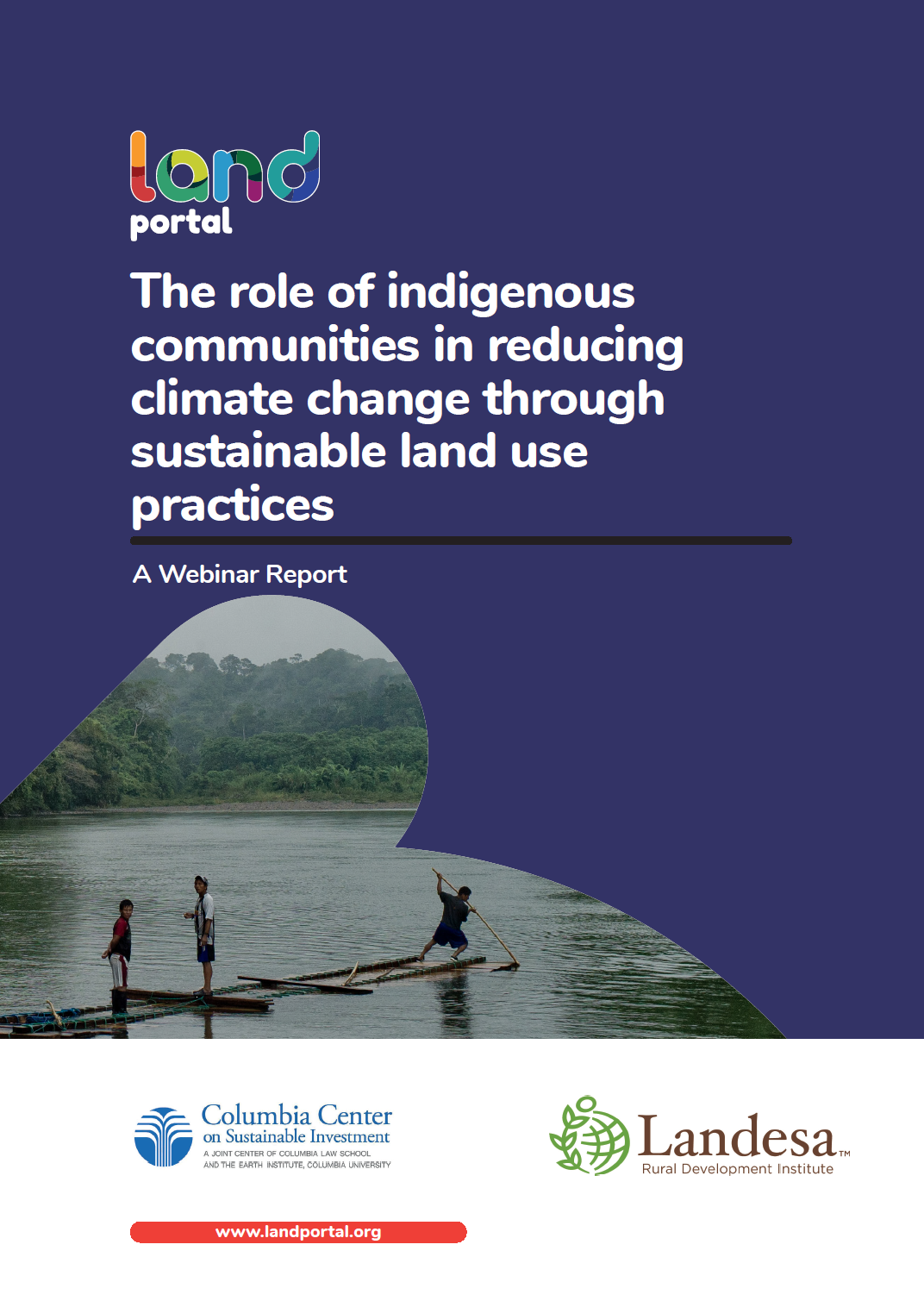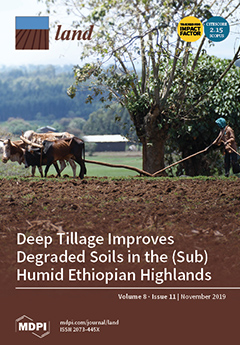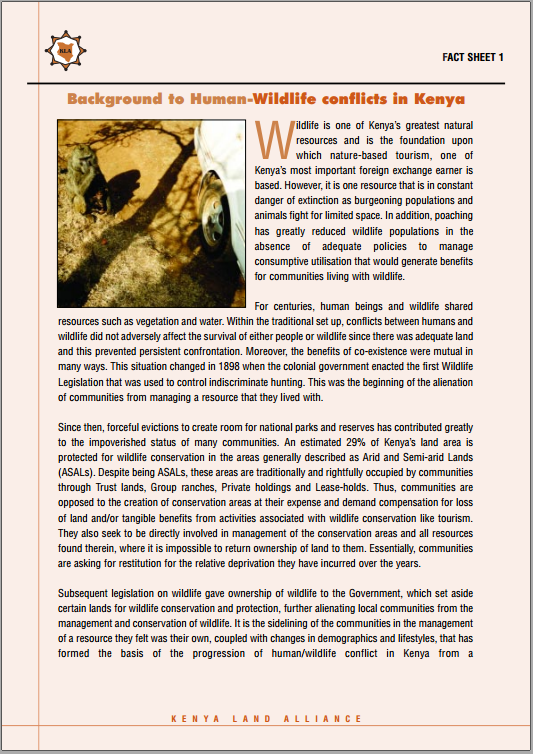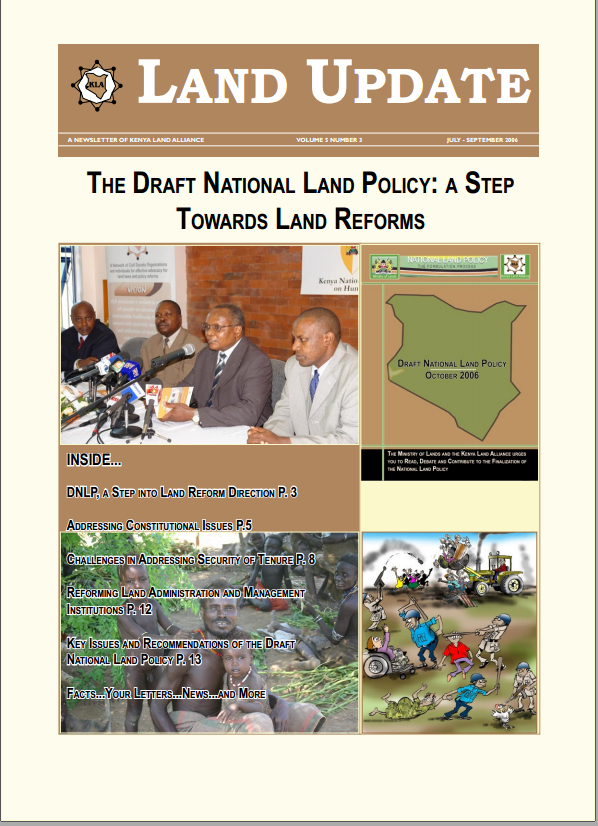World Bank: Ningxia Desertification Control and Ecological Protection Project, China
Desertification in arid and semiarid areas of Northwest China is a major current environmental issue for the country, caused by the interaction of a naturally dry climate, recurrent periods of prolonged droughts, anthropogenic factors over long periods of time, and specific topographic and geographic conditions. Among the anthropogenic factors are poor land management, inadequate farming techniques and over-cultivation, overgrazing and the removal of natural vegetation; misuse of water resources; and poor environmental and ecosystem management.


